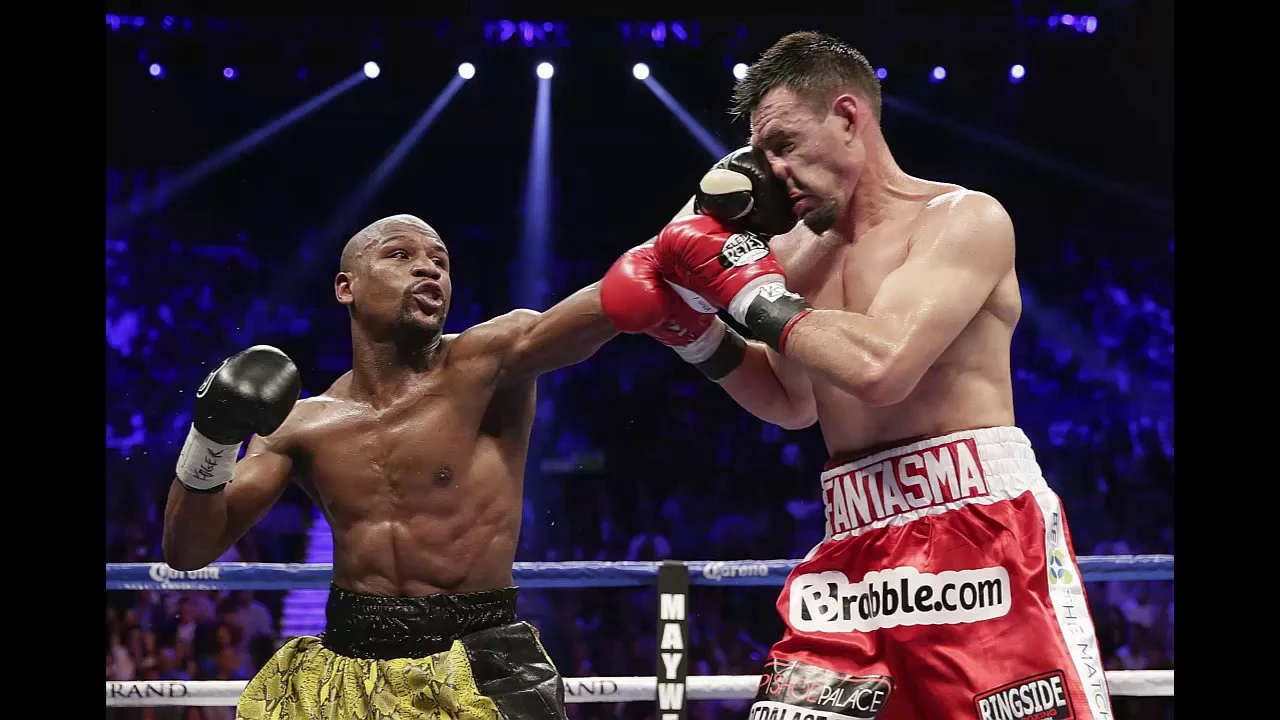Understanding the Basics of Boxing Rounds
Let's start with the very basics. A boxing round is a predetermined period of time during which two fighters compete in the ring. These rounds are the fundamental units of every boxing match, and their length and number can vary significantly from one fight to another. Understanding how many rounds are in a typical boxing match and how long each round lasts is essential to appreciate the sport fully. This aspect of boxing also plays a crucial role in the strategies that boxers and their coaches develop for every fight.
Standard Number of Rounds in Professional Boxing
Professional boxing matches typically consist of a set number of three-minute rounds. The standard number of rounds in a professional boxing match has changed over the years. In the early days of the sport, bouts could go on for dozens of rounds. But in the modern era, the most common format is 12 rounds. This number is not arbitrary; it's been chosen to ensure a balance between the sporting aspects of boxing and the physical welfare of the athletes.
Duration and Rest Periods Between Rounds
Each round in a professional boxing match lasts for three minutes, but the action does not continue uninterrupted for the entire duration of the bout. Between each round, there is a one-minute rest period. This brief respite allows boxers to receive advice from their coaches, rehydrate, and recover their strength for the next round. The importance of these rest periods shouldn't be underestimated, as they can significantly influence the outcome of a fight.
Variations in Amateur Boxing
Amateur boxing matches function a little differently from professional ones. In amateur bouts, the number of rounds is usually fewer, and each round lasts for a shorter duration. The typical format for men's amateur matches is three rounds of three minutes each, while women's matches often consist of four rounds of two minutes each. These differences reflect the emphasis on safety in amateur boxing, as well as the sport's focus on skill and technique over stamina and endurance.
Special Cases: Championship and Title Fights
In championship and title fights, the number of rounds often increases to 12, regardless of whether the match is professional or amateur. These bouts usually attract more attention and have higher stakes, so they are designed to be more demanding. This format tests the boxers' endurance and strategic planning abilities to the limit, adding to the excitement and drama of these high-profile matches.
How the Number of Rounds Affects Boxing Strategy
The number of rounds in a boxing match significantly affects the strategies that boxers and their coaches employ. Longer matches require a more measured approach, with boxers needing to conserve their energy and pace themselves to last the distance. On the other hand, shorter bouts allow for a more aggressive strategy, with boxers often trying to overwhelm their opponents early on. Understanding the number of rounds can therefore enhance your appreciation of the tactical aspects of boxing.
Changing Trends in Boxing Rounds
The number of rounds in boxing matches has seen various changes throughout the history of the sport. From unlimited rounds in bare-knuckle boxing to the standard 12-round format we see today, this aspect of boxing has evolved in response to changes in societal attitudes towards safety in sports. As our understanding of the physical risks associated with boxing continues to grow, it's possible that we may see further changes in the number of rounds in the future.

